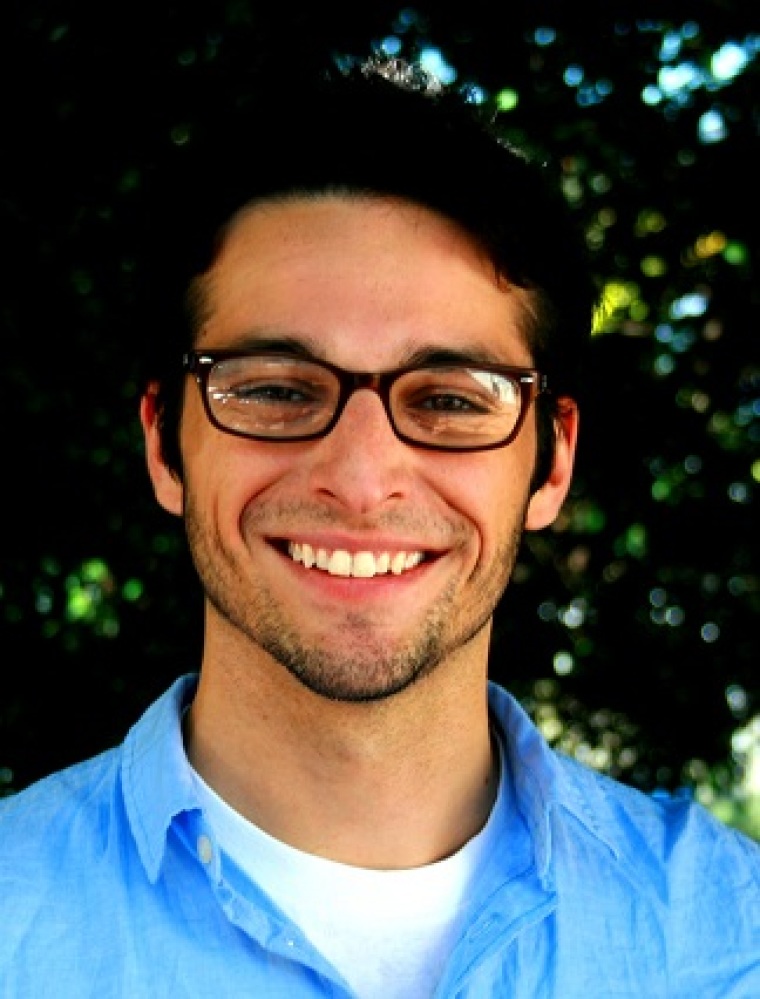
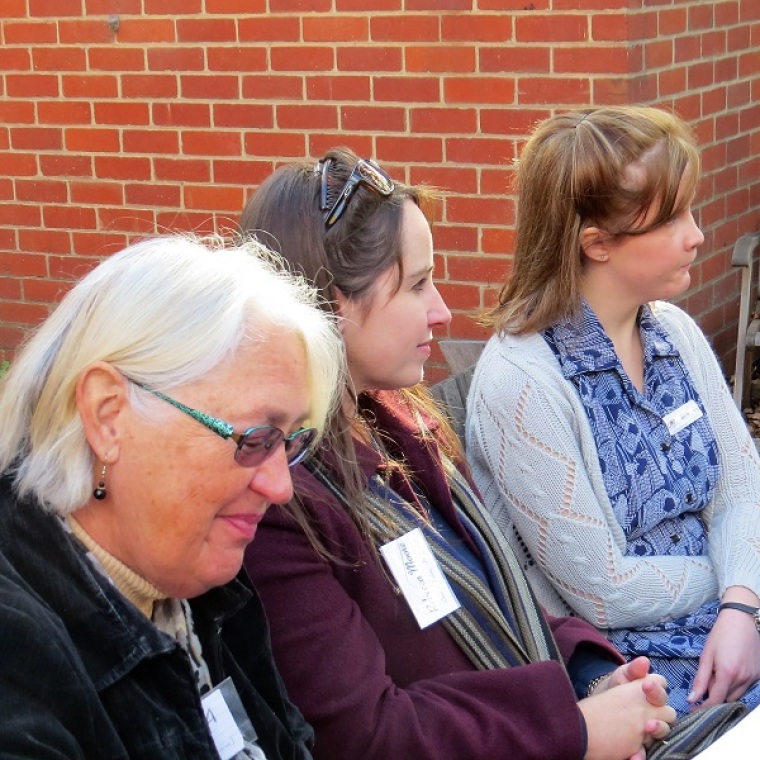
One of the most exciting parts of the Press Service International young writer annual conference are the certificates with the "Best Article" of each young writer. This year the annual conference is in Sydney on Saturday 13 August at the Salvation Army's Stanmore House and the annual awards are held at 4.00pm.
The "Best Articles" are determined by the panellists who mark every article and these marks are collated which in turn determines the winners of the various Basil Sellers awards.
The most difficult statistical chore is then to find a way to separate out each young's writers' allocated panellist "points" and over the six month marking period determine for each young writer which of their articles is deemed their "Best Article" according to the panellist's marking schedules.
Phew – did you understand all of that?
It means each young writer has their "Best Article" listed after a laborious means to determine which it is.
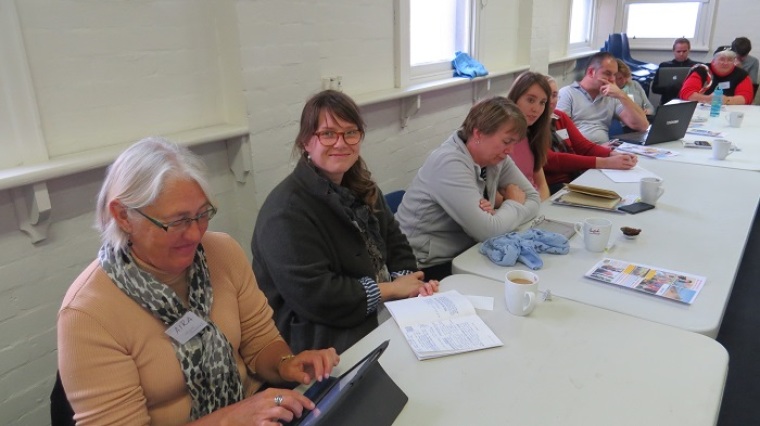
What is a "Best Article"
When the Panellists marks the articles they allocate a mark out of 10. As each young writer has five of their articles marked, one of those five would be deemed the best of that young writer.
Where there are 85 young writers and each has their "Best Article" determined, what you have is not a statistical outcome but a nightmare of figuring out how to do it. Our original statistician highlighted the top mark for each young writer, however there were often three articles with that same mark.
Now multiply that situation by 85 young writers and what you have is not a statistical outcome but a determining methodology as to which might be deemed the "Best" for the year.
This is important as in 2014 we saw a hilarious situation with young writer chairperson Russell Modlin from the Sunshine Coast reading out these "Best Articles" having called out the young writer in question, sometimes with two "Best Articles", sometimes three. This became complicated.
In the case of New Zealand's Casey Murray, two of her articles were listed as "Best Articles" and Russell read them out without a break between the titles. It bought the house down, as he read: "Sex is not my fault Now I am happy, kind of".
What ought to have been done, was make a clear break between the titles: "Sex is not my fault" a break, followed by "Now I am happy, kind of" - it was this latter article which also won the Australasian Religious Press Association's 2015 Best Article award.
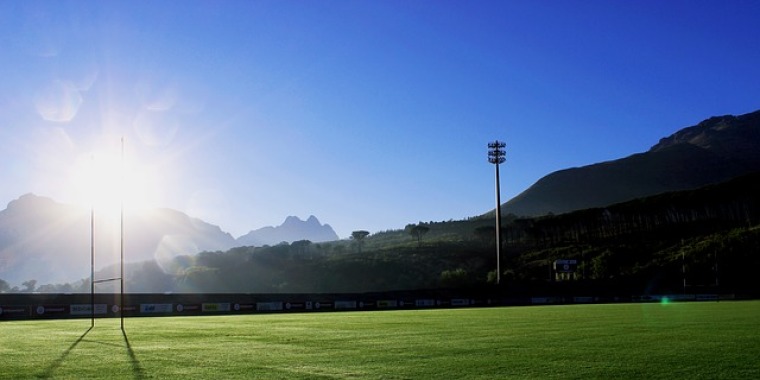
How a "Best Article" helps
The nature of identifying a young writer's "Best Article" is as follows -
- provides an idea of the genre from the panellists'
- provides a concept of the literary style
- provides the nature of the philosophy
- provides a scenario of topic selection
- provides a sentiment of the depth of an article
- provides a formulae of the length of article
- provides a basis of the mix – practice and theology
- provides the context of what works best
- provides a call on the thoughtfulness behind it
- provides reflection on an article's call to action
- provides an insight as to the panellists' selection.
This last one is very important as each young writer will be listening carefully to their counterparts "Best Article" titles and an overall picture can very well emerge as to what they deem as "best" amongst a huge number of articles.
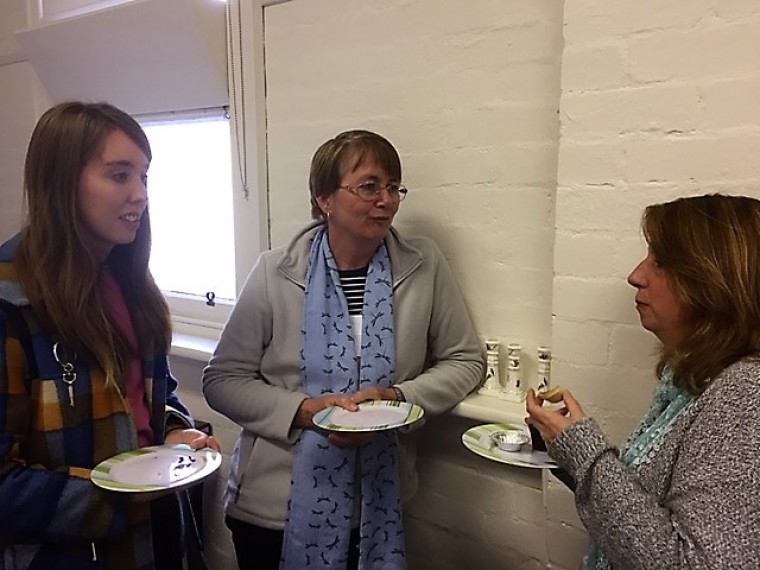
Panellists articles marked
The panellists' are volunteers who give their time and effort to sit over a morning coffee and read through the articles.
Over the five weeks of each Cycle (there are 5 Cycles in the marking period)
Week 1 - the 6 International panellists
Week 2 - the 6 Australian panellists
Week 3 - the 6 Australian panellists
Week 4 - the 6 New Zealand panellists
Week 5 - the 6 Australian panellists
Each week - one article is marked by the Sport panellists
All up, the panellists mark some 400 articles over the 5 Cycle period. Remarkable.

Dr Mark Tronson is a Baptist minister (retired) who served as the Australian cricket team chaplain for 17 years (2000 ret) and established Life After Cricket in 2001. He was recognised by the Olympic Ministry Medal in 2009 presented by Carl Lewis Olympian of the Century. He mentors young writers and has written 24 books, and enjoys writing. He is married to Delma, with four adult children and grand-children.
Mark Tronson's archive of articles can be viewed at http://www.pressserviceinternational.org/mark-tronson.html